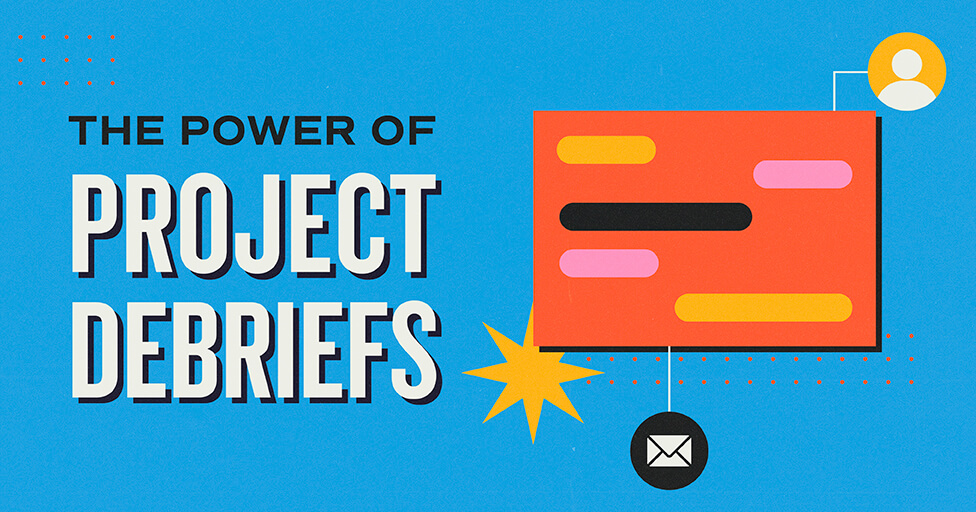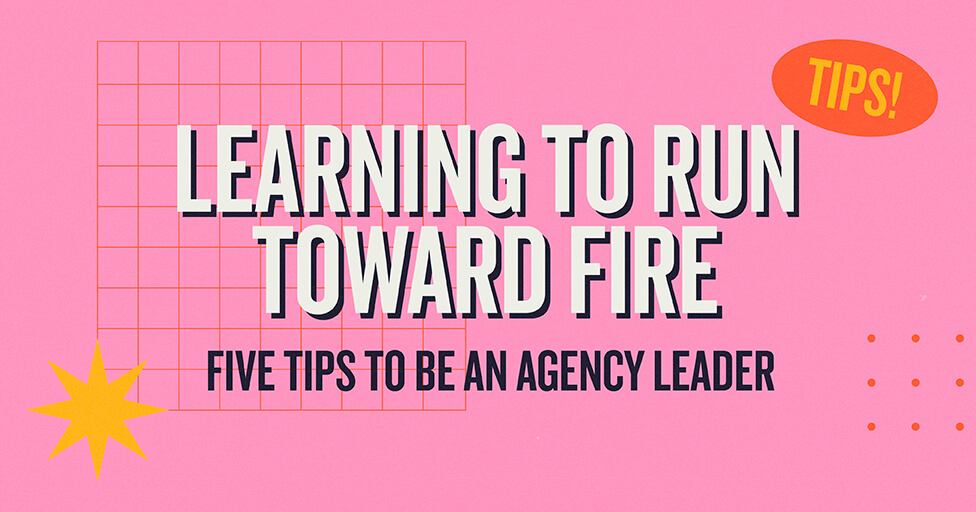
At MBB, we feel strongly that an integrated media approach is the most effective (see our latest thoughts on this subject here). Digital/Interactive media is the latest and hottest trend—and for good reason—but let’s not lose sight of the big picture. Are consumers only spending time online? Of course not. I think there’s a big temptation to allocate a large portion of the media budget to interactive regardless of the target audience or campaign goals because it’s new, shiny and enticing.
It’s true that with digital media we’re able to provide more measurable, real-time results with valuable insights that haven’t historically been attainable. However, we evaluate media channels based on a variety of factors and, more often than not, recommend at least three to four tactics to effectively reach our target audience and drive sales and awareness.
Is Traditional Offline Media Dead?
Traditional or offline media is a shorthand way of describing TV, Radio, OOH (Out of Home) and Print. I think this terminology immediately casts a negative light on these mediums and implies that they’re antiquated and no longer relevant in today’s more digital world. That is far from the truth. Are consumers relying on digital platforms to provide more of their content these days (compared to 5-10 years ago)? Of course. I think you’d be hard-pressed to find someone who would argue that point. But let’s take a few minutes to explore the unique opportunities and advantages of the offline mediums—and also habits and engagement of consumers in relation to these tactics.
What many people may not realize is that even among the most digital-savvy generation—Millennials—they are still spending more time watching traditional TV than engaging with any other form of media (online or offline). Digital is a close second, no doubt. And the Millennial and Gen X generations are more likely to multitask with digital media (mobile device, tablet) while watching TV than older generations. However, an interesting point is that Millennials are actually less likely to time-shift (DVR) their TV shows compared to older generations. They don’t mind listening to/watching commercials because they are also connected to the internet simultaneously. There are a lot of advantages to TV advertising—it extends credibility, is impactful and a great place for storytelling, plus it has a large reach potential. Many networks have also rolled out popular streaming apps (CBS All Access, USA Now, HBO Now, etc.) in order to appeal to cord-cutting consumers.
Don’t Forget About Traditional Channels
While digital has been growing over the years, so have offline channels. These channels are diverse as ever and offer new, creative ways to reach target audiences by integrating into their everyday lives – while they’re at the movies, listening to the radio, driving or reading. Let’s take a closer look at these channels to uncover the opportunities that lie within each one.
Cinema
Another less utilized but also very impactful ‘traditional’ channel is cinema advertising. You have a large, captive audience and the message is very intrusive and powerful due to the large screen size. Hollywood spends millions of dollars a week to promote new releases and drive consumers to the theatre so people show up, relaxed and ready to be entertained. Phone usage is strongly discouraged and there is no remote, helping limit clutter and distractions. You’re able to geographically target by theatre and, since there is limited inventory/space by theatre, it can be viewed as a more exclusive medium than TV. Even the ever-elusive Millennials are still attending a lot of movies.
Radio
Radio is another efficient and effective medium. Terrestrial (FM/AM) radio has two distinct advantages: 1) local content (news/weather/traffic/on-air personalities) that loyal listeners tune in for and 2) it’s free. Streaming radio services like Pandora and Spotify are becoming more popular and provide a nice blend of traditional and digital media. Pandora radio buys automatically include banner ads which accompany your audio message and therefore make your ad more actionable and also trackable. We’re able to target by age, gender and zip code or geo. Impressions are purchased on a cost per thousand basis and, since there are only 4 minutes of ads per hour (max), there is less clutter than terrestrial radio.
OOH
Out of Home (OOH) media (outdoor billboards, shopping center banners, airport advertising, etc.) work best to build brand recognition and loyalty. Units are geographically targeted and can be quite impactful due to their large size. Digital billboards are the fastest-growing segment of outdoor and provide advertisers with real-time content updates, allowing more creative flexibility. There are no production costs and digital units can be very attention-grabbing. Many advertisers choose to feature live social streams and content can even be automatically updated based on sports scores, weather, time of day, etc. Out of Home is a great driver of search, with 23% of consumers searching for more info from their mobile device after seeing an outdoor ad. In fact, a recent study shows that a whopping 79% of consumers have taken some form of action as a result of seeing a digital OOH ad (even 72% of 18-34 year olds specifically). If you want to see an example of OOH media in action, check out our recent campaign for Heartland Coca Cola.
Print has become what many view as a forgotten or overlooked media. Readership for both newspapers and magazines has been in a sharp decline now for the past decade and there doesn’t seem to be an end or bottom in sight. Many magazines and newspapers have closed their doors or scaled back their publications significantly. That being said, print is still a utilized resource, especially for adults 45+. Also, with the advances of digital presses it is now easier (and cheaper) than ever to geographically target national publications (for example, run a full page ad in Food & Wine which reaches only the Chicago or Kansas City market specifically). Also, there is less advertising competition within the pages of print publications since many advertisers have abandoned the medium in favor of other tactics. There are still many consumers who value and take the time to read printed publications, myself included. See one of our recent print campaigns in action for Johnson County Community College.
The Integration of Digital + Traditional
Forward-thinking vendors have found innovative ways of crossing barriers to make what has historically been viewed as ‘traditional’ much more responsive and more like interactive. Take Google Fiber TV for example. They are currently in the Kansas City market but are now expanding to other cities as well. They have taken a completely different approach from the established cable TV vendors—instead of selling TV to advertisers on a cost per spot basis, they instead sell by impressions. And I mean viewable impressions. If your ad is recorded with a DVR and fast forwarded, you don’t pay for that impression. Your creative message automatically updates as well—if a consumer records a program on a Wednesday and they sit down to watch it on Saturday, your latest creative version will automatically play when they watch it. As an advertiser you can deploy more advanced targeting, like keywords (example: “I want to be in programs which contain ‘Chiefs’ in the name or description”), genres, age and gender, etc.
There is also an important correlation between TV viewing and social media engagement with platforms like Twitter. This crossover represents a dramatic shift between passively watching a show and actively engaging in dialogue with other viewers (and show creators and actors) about the plot, what the audience loved and hated, etc. It has given consumers a voice like they never had before. ‘Traditional’ TV series like Walking Dead and Scandal (among many others) have utilized social to really promote engagement and host contests and quizzes in real time, deploy two screen experiences, live tweets by the cast, etc. You’ll often see phrases like “Join the Conversation” at the start of the show both at the bottom of your TV screen and also on social media. You’re able to participate, have a voice and, in the end, either commiserate or celebrate with fellow viewers.
Seeing the Big Picture
Even though offline media doesn’t offer the same insights that interactive media does, assigning and deploying unique URLs and phone numbers to each traditional tactic or vendor is a great indicator of engagement/ROI with traditional media. Often times the results are positive and clients are impressed with the engagement received which can specifically be traced back to offline tactics.
Overall, ‘Traditional’ media plays a big part in telling our clients’ stories and is often an integral part of our media strategy. This is because we have found that in conjunction, the media channels work best together to help brands create relationships, build loyalty and ultimately drive sales. It is in this that we still find value in using traditional offline tactics and in the possibilities of integrating traditional and new digital media.
Subscribe to our newsletter
Get our insights and perspectives delivered to your inbox.


